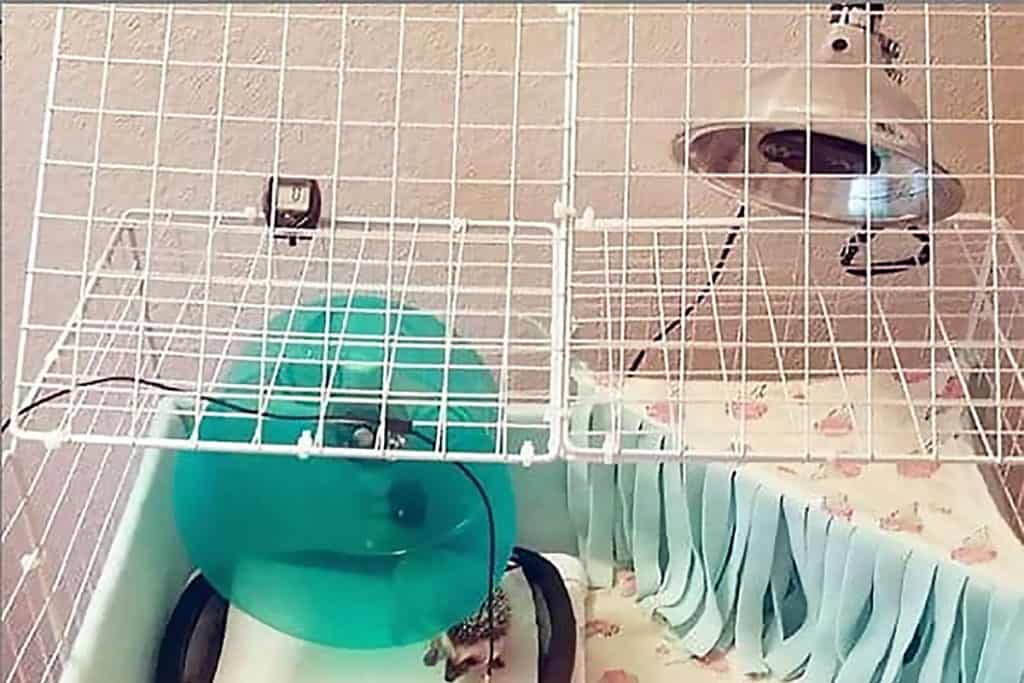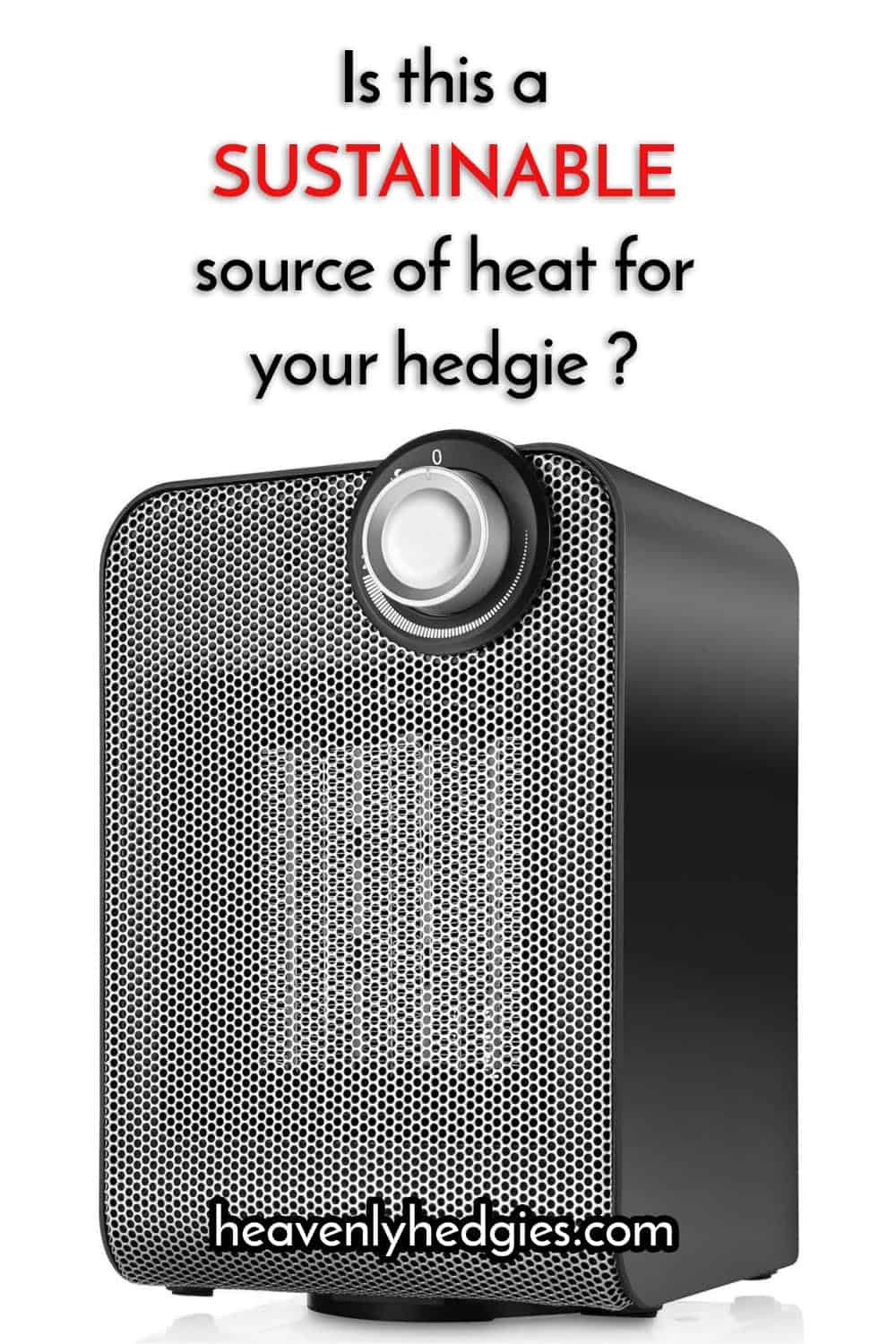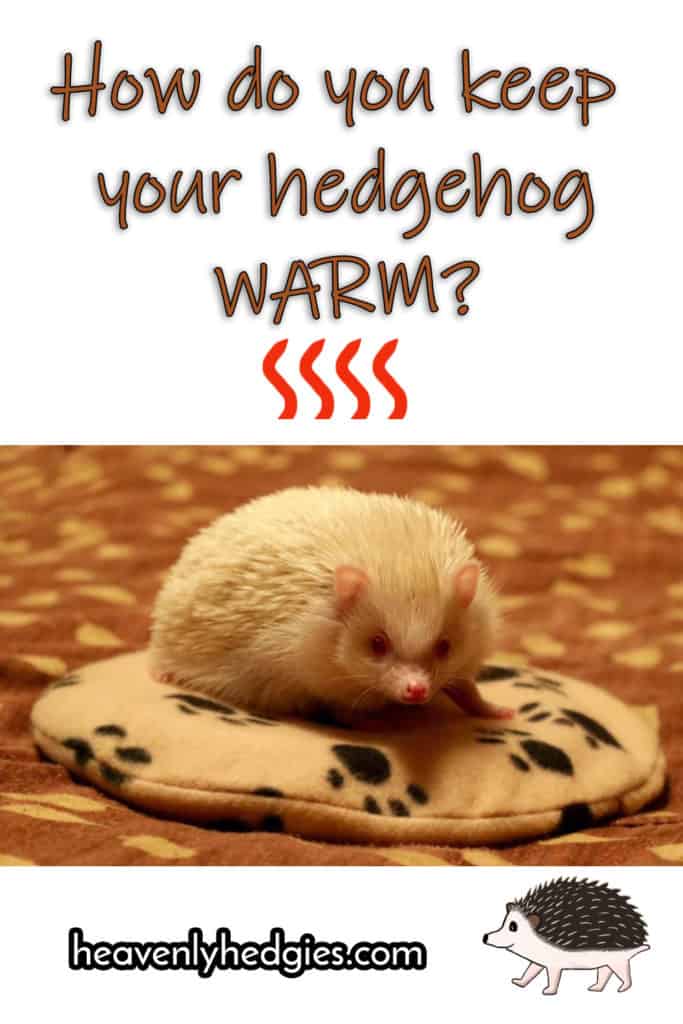Hedgehogs need consistent temperatures and light cycles to be happy, which is why you need a proper hedgehog cage heater system in place. We want to keep your hedgehog alive and thriving, so we will go into detail below regarding our recommended heating system, supplemental heating methods, how to avoid hibernation, and our least favorite product to use. You need this information before welcoming your hedgehog home because a hedgehog could suffer health consequences if left in a higher or lower temperature environment. Let's get started.
AFFILIATE DISCLOSURE: Heavenly Hedgies is an Amazon Associate. We have partnered with them and other reputable merchants when they sell something that we feel will benefit our readers. By purchasing through our links, we may earn a small commission on sales, that helps us continue to provide informative and educational information for hedgie lovers. And the best part is that there is no additional cost to you. Thank you for being a loyal and supportive reader here at Heavenly Hedgies.
150w Ceramic Heat Emitter (CHE)
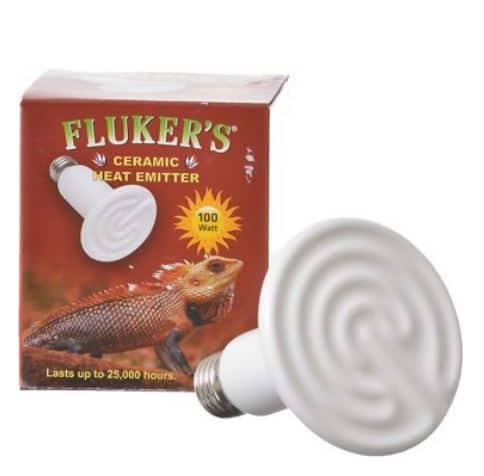
We recommend this Flukers 150W Ceramic Heat Emitting bulb paired with its matching reflective 10″ dome to place the CHE inside. Wider the dome, the better it will disperse heat. The taller the cage and further away from the hedgehog your CHE will be, the more wattage it needs to be. If it is positioned closer to your hedgie's sleeping area following correct manufacturers guidelines for spacing between your pet and the bulb, short distances would only require a 100W CHE. The reflective dome has a 6′ cord and an on/off switch, and the bulb actually attaches to your thermostat for automatic heat control. Also, when screwed into the reflector dome can be attached to a lamp stand.
The lamp stand actually increases the life of your bulb by keeping it secure and away from vibrations your hedgie may make when running on their wheel. Vibrations also happen to a CHE that is directly sitting on cages when you go to clean their cage, so that is another good reason to look into using a CHE lamp stand. It is extremely important NOT to touch the bulb with your fingers. Your hands and fingers will leave behind oily residue that will significantly decrease the longevity of your CHE for your hedgehog's cage heating system.
We highly recommend you purchase two of these bulbs and reflective domes. Depending on your cage size, you could need to install two heat emitters over their sleeping and snuggle areas – and never over their wheel. Your thermostat should come with a probe which gauges the temperature of the cage and instructs your thermostat to turn on and off when necessary. You can certainly go with the 100W CHE option, but both bulbs will reach the ideal cage temperature. Just follow the manufacturers guidelines for distances between the CHE and your hedgie.
How Should You Set Up Your Hedgehog Cage Heating Lamp?
The CHE is popularly placed directly on top of the cage facing down over the sleeping area. It can also be inside the cage if there is a barred loft area laying face down, you can make your own loft by zip tying a grid shelf inside and place the CHE face down on it. Our favorite is using a lamp stand so the CHE is balanced and untouched directly over the cage.
Follow the instructions on your bulb always for the correct distance and plug-in recommendations. The light should have an on/off switch and we recommend you have it on allt he time just because the thermostat will control that function. If you're using the one we recommend, the dome/CHE will plug into the wall, into your dome, and then into your thermostat. We'll talk about plugging into your thermostat next.
CHE Dome Should Plug Into A Thermostat
The ceramic heat emitting lamp's reflector dome comes with its own on/off switch and we recommend you keep it on all the time. That's because you can have it hooked up to a thermostat. Thermostat and a thermometer are different, and you should use both. The thermostat controls the temperature of the bulb and you tell it when to turn on or off (only if it has that setting). The thermostat can be plugged into the lamp AND the thermometer.
Temperature Inside Your Hedgehog Cage Heater System
You need to have a temperature thermometer inside each cage, regardless of what type of heater you have. The temperature inside your home that your wall thermostat reads is not an accurate reading of what the temperature is inside the cage. For that reason, we recommend you have a thermometer attached to the cage with a probe set inside of it. The ideal temperature you want to have inside the cage is between 74°F and 76°F or
23°C and 24°C. Always make sure the hedgehog's environment never goes below 72°F/ 22°C or above 80°F/27°C .
Digital Thermometers
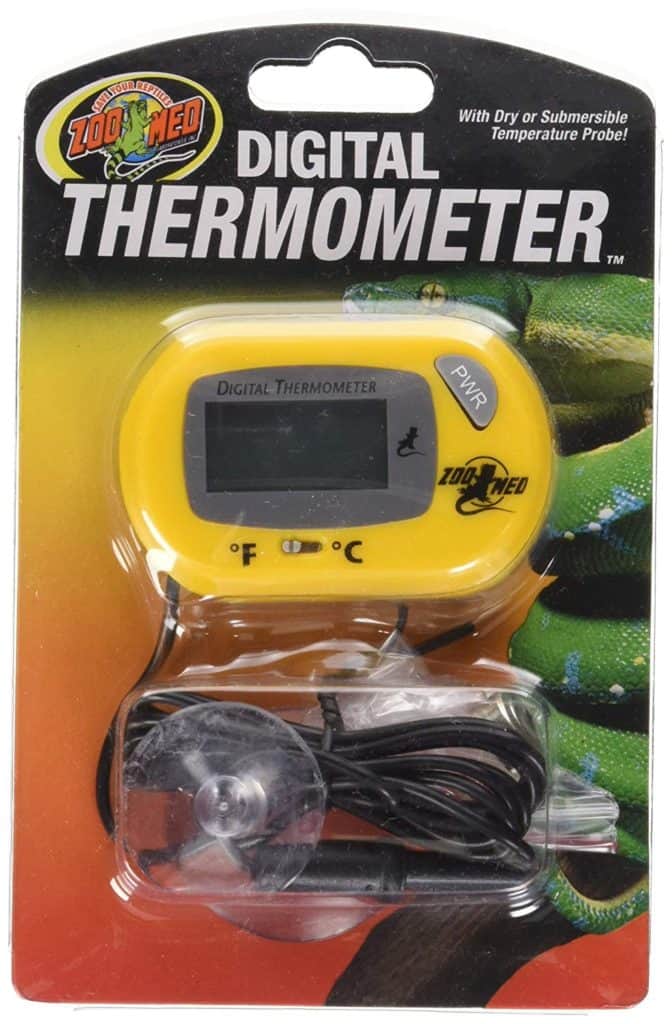
We recommend this Zoo Med Thermometer with probe. It is reliable, economical, and bluetooth capable. Please run your thermometer down the center of the cage to the floor, and check it multiple times per day, maybe at the same time. A heating setup is extremely important as it can mean life or death for your hedgie. If your hedgehog gets too cold, below 72°F, they may try to hibernate or go into shock. If they get too hot, they won't be able to self-regulate the heat and begin aestivation. Hedgehogs don't have sweat glands like we do, so overheating could be fatal.
PRO TIP: Keep a journal and log the: date, temperature, humidity, the amount of water or food your hedgehog consumed, bowel movements, medicine administered, cage cleaning time, any adjustments made to temperature or humidity, and the mood of your hedgie.
Happy Hedgie Home Environment
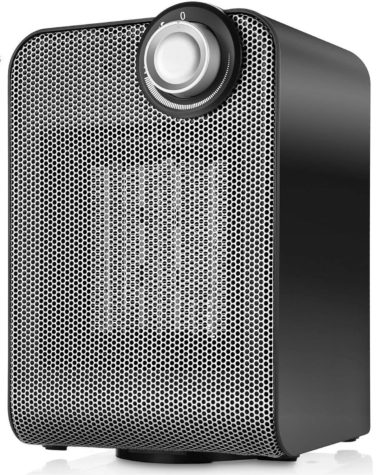
Pay attention to your hedgehog's behavior, you will notice if they prefer slightly higher or lower temperatures. If you spot any skin irritations, lethargy, inactivity, change in appetite, weight loss (anything different really) first assess environmental factors that could have caused it. Is their environment right for them?
If you notice your hedgies cage gets cold easier and your CHE is constantly running, then maybe you should try adding another heat source to the room like a space heater. A humidifier could help combat quilling that is later to come. It also could help make the room feel warmer if set at a constant 50-55% especially if you use a warm mist. Never put essential oils inside this humidifier, and never use tea tree oil anything near a hedgehog.
PRO TIP: Keep space heater off the floor directly, never leave unattended or with children or pets running around.
Thermometer With Humidity Gauge

A thermometer with humidity percentage displayed on it can be a very useful tool for when it comes to dry skin on your hedgehog. We recommend the InkBird dual temperature and humidity thermometer with probe. Today manufacturers are also integrating humidifiers with built in humidity readers!
The humidity can make the temperature seem warmer or cooler than it actually is For example, when the temperature is ideally at 80°F and the humidity is at 75%, the cage can feel like 84°F to your hedgie. This is not good. Generally, humidity over 50% makes the room temperature feel warmer and anything below 40% makes the cage feel cooler. So, a thermometer with humidity reading as well as temperature, a humidifier, or a dehumidifier may be in your purchasing forecast.
How to Prevent Hibernation Attempts
Your hedgehog is delicate and requires a specific environment to thrive. If temperatures reach too low or too high they could think it is time to hibernate. Also, if there is not enough sun light and darkness, they could also possibly think it is time to hibernate. If they do: it can be dangerous for their health. Among the hedgehog community, it is agreed upon that the ideal temperature range is between 74°F -76°F.
The ideal light to dark ratio settings are 12 hours on and 12 hours off, and it is best to rely on natural light unless you live somewhere always cloudy. Adjust your hedgehog's cage and heater system accordingly, be diligent and watch your hedgehog's behavior and physical appearance . Gradually adjust these settings until you get them right. Never go more than our suggested temperature given unless a professional has directed you. But always consult your breeder, vet, and research it like you are doing now.
Do Hedgehogs Need a Light in their Cage Heater Set-up?
Hedgehogs can attempt hibernation due to light cycle as well in some cases. It is noted that a hedgehog requires at least 12 hours of daylight and 12 hours of night time. It is best to place a lamp on a timer over your hedgie's cage if you live in a constantly cloudy area, but natural light is always optimal. Natural sunlight can sometimes not be enough depending on where you live, especially in the winter time when it is dark. The light can be easily placed like your CHE or can be a lamp scheduled to turn on and off automatically at certain times.
HIbernation Warning Signs
The likelihood of their survival diminishes by the hour if hibernation or aestivation occurs. They could attempt a second hibernation regardless if you fixed the temperature or day light and night time hours. The domesticated African Pygmy hedgehog cannot survive hibernation due to lack of body fat percentage and decades of breeding and diluting of their natural ability to. You can tell that the hedgehog cage heater system you've used has caused an ill affect on her/him if:
- Your hedgie's belly feels cold
- Won't unball
- Shows unusual behavior such as appearing disoriented and lethargic
How to Revive a Cold Hedgehog
If you see your hedgehog in this state, do not put them in warm/hot water to recover them, and do not put them directly on a heating pad. You want to gradually warm them up by using the skin to skin contact method for about an hour or as long as necessary by putting him/her on your belly under your shirt. When your hedgehog's belly is warm and they become normal again, you can tell that you've helped revive them. However, always run them to the vet after to check if their health is in good condition.
Supplementing The Hedgehog Cage Heater Set-Up
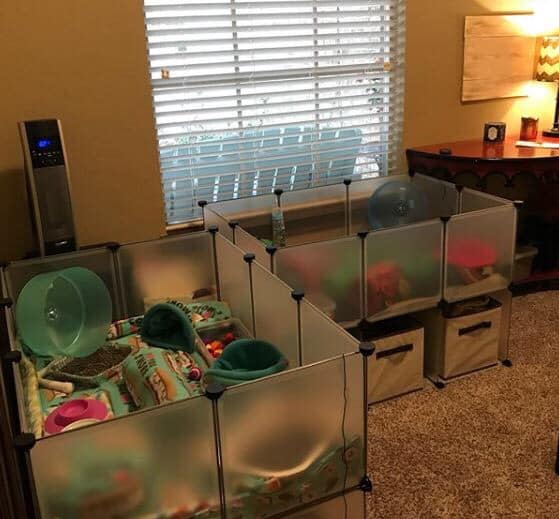
To avoid over-heating, make sure your space heater has the thermometer built in. Please consider that your electric bill will be affected. Space heaters do heat your entire room. If you are in the summer time with your AC on, the space heater could be constantly working against the climate of the whole room. A space heater alone may not provide adequate heat for your hedgehog cage heater system. You could also try using a floor radiator or if the AC is running, block the vent.
Prepare For Power Outages – What To Do

In the event of a power outage you'll want to be home. Your hedgehog cannot be in cooler temperatures than it is used to for long. If this happens then don't worry. Just tell your hedgehog they're going to be hanging out inside your sweater/hoodie for a bit until the power comes back.
This is to share your body heat. But keep in mind any bits of material they could ingest, like pocket fluff, may not be good for them. Keep hedgie moving and keep him cuddled warm in his sack or under your shirt when this happens, and hope it's not going to be a long lasting power outage.
If it is, you might have to hang out under a blanket with your hedgehog sharing the warmth of your breath and body heat. Hopefully their quills don't both you, because as we mentioned above, skin to skin contact is absolutely the best way to warm up a hedgehog. If you are in an area that is prone to storms and outages, please consider getting a battery back-up. Of course, make sure to come home if you are away during the outage. Battery back-ups may only be good for an hour or two while running your 100 – 150 Watt heat lamp.
The Real Problem With Heating Pads
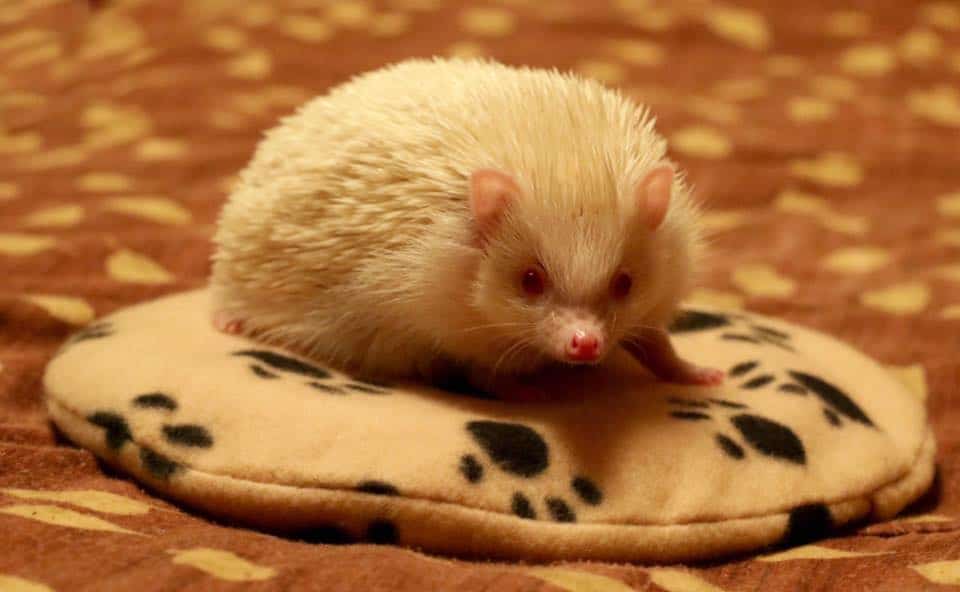
“A heating pad system for a hedgehog cage is complex in order for it to be safe, but in the long run it will pay for itself.”
-heavenlyhedgies.com
Most heating pad catastrophes boil down to either user error or manufacturing defect. Sadly, many consumers use heating pads improperly or use them for purposes they were never intended for. Heating pads have gained a bad reputation because there have been cases where they melted through plastic bin cages. And have even given hedgehogs severe second and third degree burns. These tragic events were preventable by correct consumer education! If you're interested in the safest way to implement a heating system for your hedgehog using heating pads, you can find details in the section titled Installing A Hedgehog Cage Heating System in this article. Because it has a higher initial cost for implementation and has more complexity, we don't feel like it is the best hedgehog cage heater system for new hedgie owners. However, a heating pad system is more cost effective in electric consumption.
As an alternative to heating pads, use snugglesafe pet bed microwave heating discs instead. A snugglesafe costs around $25 USD and is a cheaper alternative to heating pads. Just pop them in the microwave as per their instructions and it could stay warm for 8-12 hours. Always read the manual for the product in case it says something different, and monitor your hedgie the first few days of use.
FINAL THOUGHTS: THE BEST HEDGEHOG CAGE HEATER SYSTEM
Without a temperature controlled environment directly inside your hedgehog's cage, you risk your hedgehog's well-being. Be diligent, avoid heating pads, monitor settings accordingly, and finally, take advantage of automated heating lamps, regular lamps, and thermostats. For your convenience, we've gathered our suggested cage heating items for you neatly in this list:
- 150w CHE heat emitting bulb in 10 inch dome
- 60 watt light bulb in 8.5 inch dome (if natural sunlight not available)
- Thermostat
- Backup Thermometer
- Dual Thermometer
- Microwavable Pad
- Space Heater
- Battery Back-Up
- Hand Warmers
- Lamp Stand

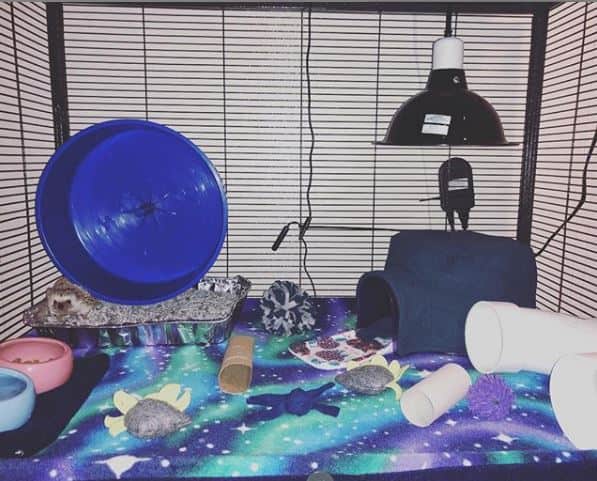
Make sure you always see a vet if anything seems off about your hedgehog. As always feel free to contact us here with questions, comments, or concerns. If you have any questions you would like to ask Quilly, click here now.
Hopefully this article helped you with your hedgehog cage heater questions. If you would like more information on what you need before bringing your hog home, read this article on our essential items checklist. We will see you in our future posts about hedgehog related information!
>>> Want to see how Quilly's cage is set-up? Come check out his new Critter Nation cage makeover now! He loves it and you probably will too ! <<<
